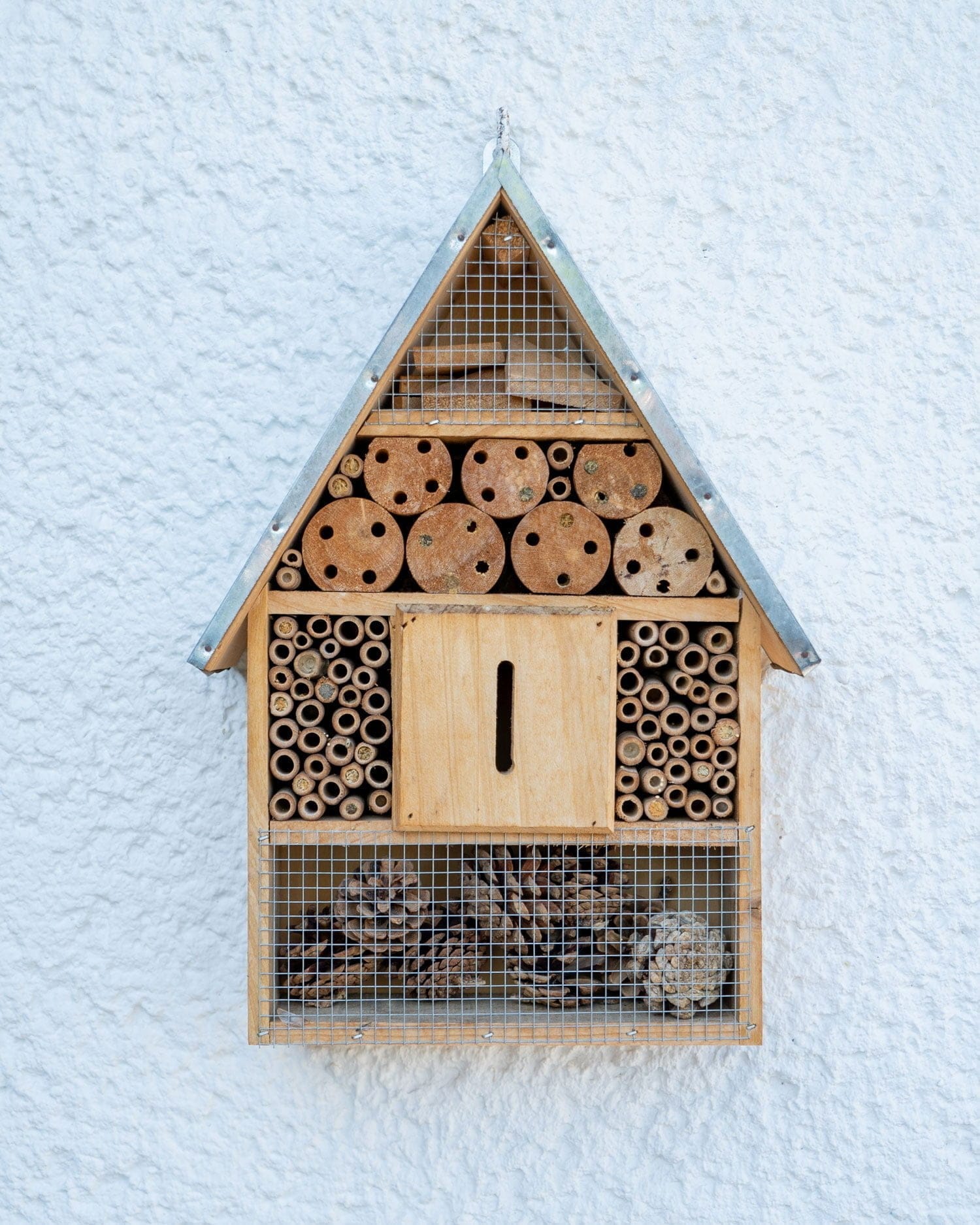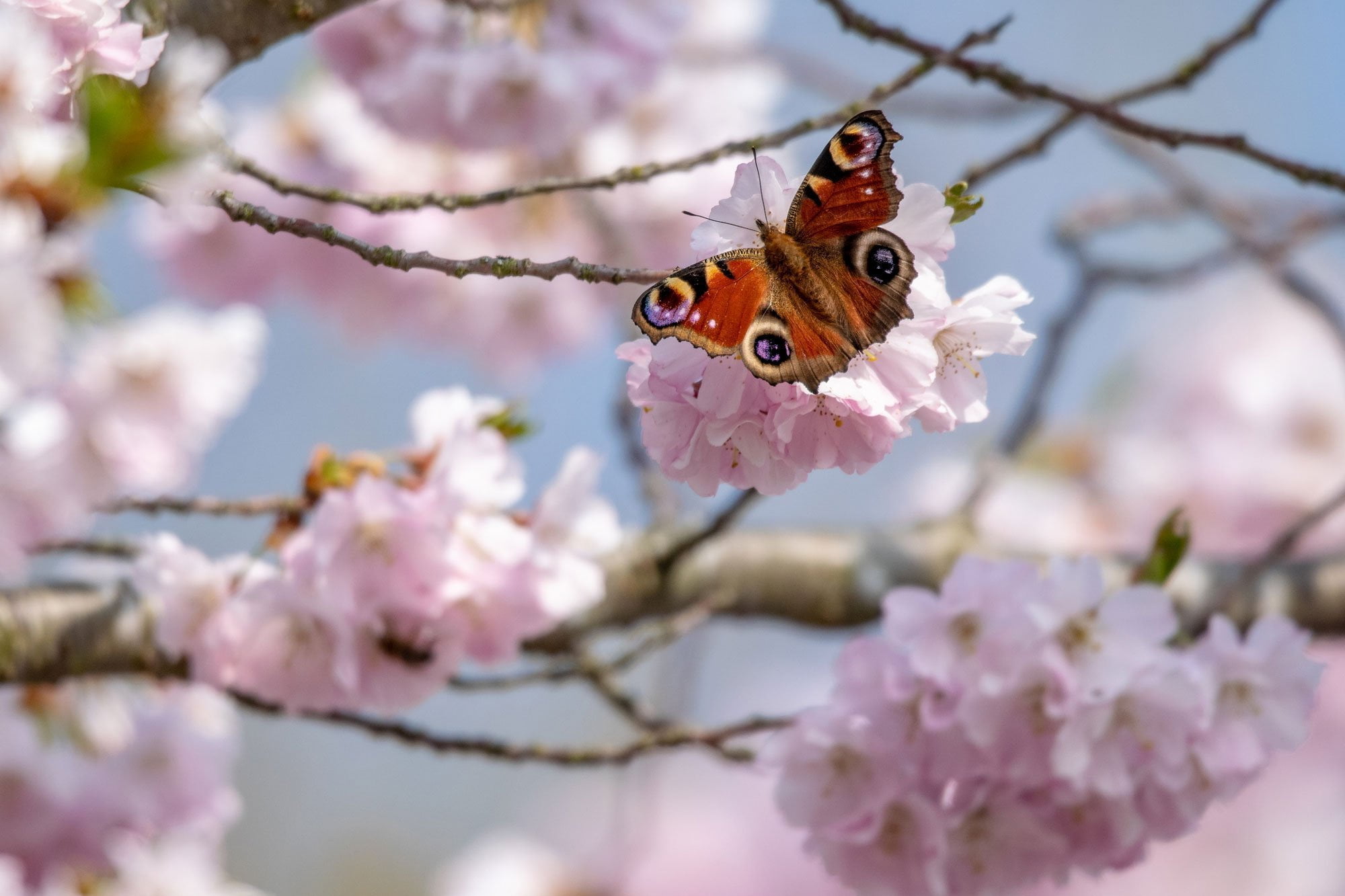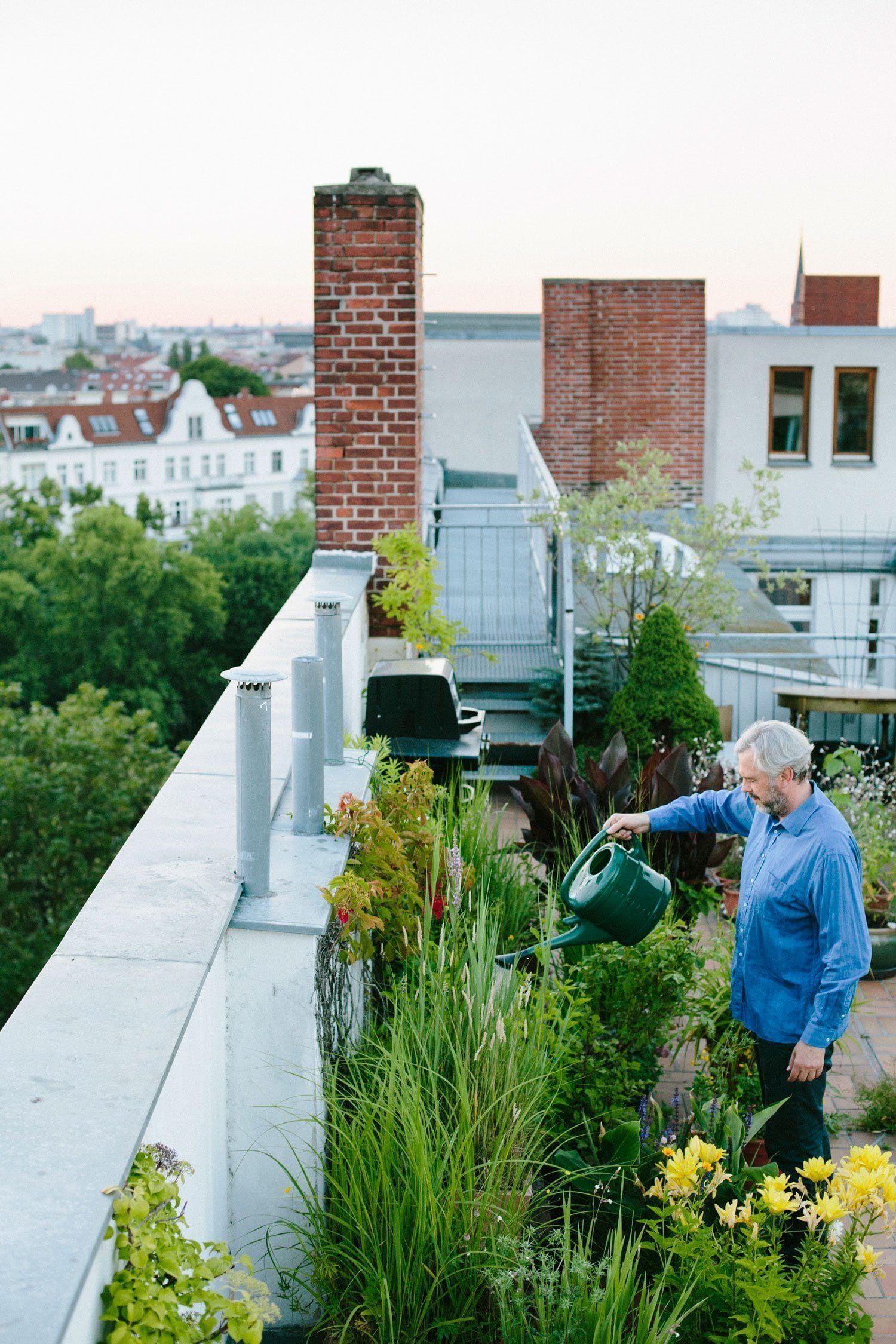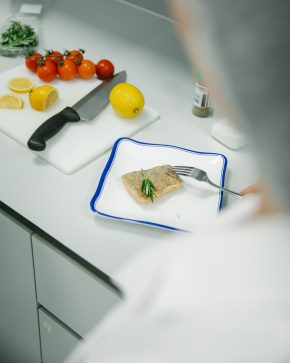For those of us living in cities, nature can feel far away. But there’s a lot you can do to bring it closer. From bees to birds, here’s how to make your garden or balcony come alive.
Birds
Not only are birds fascinating to watch in action, they also play a key role in dispersing plant seeds. Attract them with plenty of things to eat such as shrubs bearing seeds or berries, or the kind of leafy greenery that harbours plenty of insects. But fresh water is as important as food. Small birds need to drink about twice a day and bathing is vital for keeping feathers in good condition. A good birdbath should resemble the kind of shallow puddles they encounter in the wild. Add a nesting box and you’re all set.

Birds such as this robin like a good place to perch.
Photo: Frederic Cerez / Getty Images
Bees
When was the last time you spotted a bee? With numbers in serious decline, these vital pollinators could do with extra help. Recent research has shown that private city gardens are ‘pivotal’ in supporting urban bees by providing the nectar they need to feed. So cover as much of your garden or balcony as you can with flowers and mow lawns less often to allow resident dandelions and clover to bloom. Good bee-friendly flowering plants include: geraniums, roses and lavender. The UK’s Royal Horticultural Society has a full list: Plants for Pollinators.

A bee pollinating a white cherry tree flower.
Photo: Frederic Cerez / Getty Images
Bugs
Bare brick walls and gardens covered in paving do not offer the shelter insects need. Create the nooks and crannies they love by planting walls with climbing plants such as ivy, and adding soil borders. A few rotting logs also work wonders. Or go all-out and build a bug hotel. These DIY homes made of twigs, stones and other opportunities for burrowing are a fun way to invite bugs back and get kids involved in building a thriving mini-ecosystem. Ladybirds, centipedes, woodlice and spiders are among the guests you can expect. And more insects automatically attract more birds too, further boosting the biodiversity of even the smallest patch of urban greenery.

Some bug hotel inspiration.
Photo: Mika Baumeister
Butterflies
When it comes to attracting butterflies, people primarily tend to think in terms of a bright buffet of coloured flowers. Azaleas, coneflowers and zinnias are known favourites. But consider also offering fare for their earlier, wingless incarnation as caterpillars. Dill and milkweed are common go-to staples. While butterflies can’t collect as much pollen as bees, they still do their bit. And like bees, their numbers are also in decline, so anything to boost pollinator populations is a good thing.

The ornate Aglais io, also known as the European peacock butterfly.
Photo: Susan Walker / Getty Images
What else can you do?
- Help survey pollinator populations by getting involved in a local bee or butterfly count. The Bumblebee Conservation Trust has various programmes in the UK, and there are lots of similar initiatives in other countries.
Nature
Thoughts from our community
I received a gorgeous hanging basket years ago for my birthday. It was incredible, all the life it attracted – lady bugs, butterflies, honey bees, hummingbirds, other bird species.. One simple hanging basket!
Planted some lavender 2 years ago so I now have an ABUNDANCE of it – love the smell. Much to my surprise it has attracted a swarm of bumblebees this year, so pleased.





